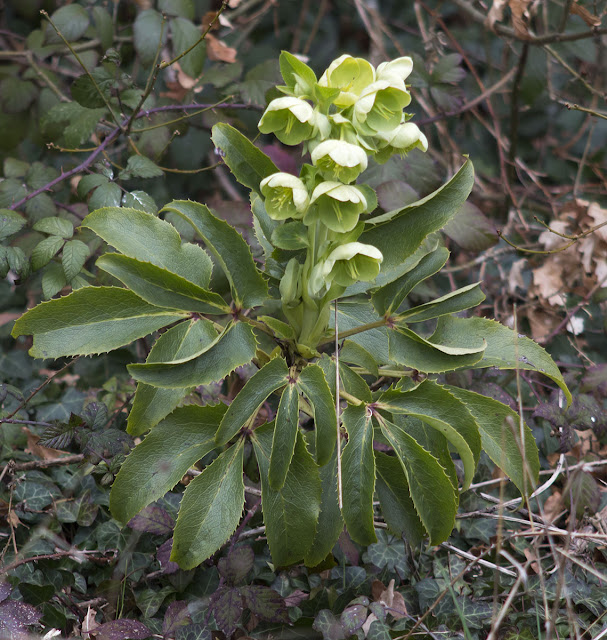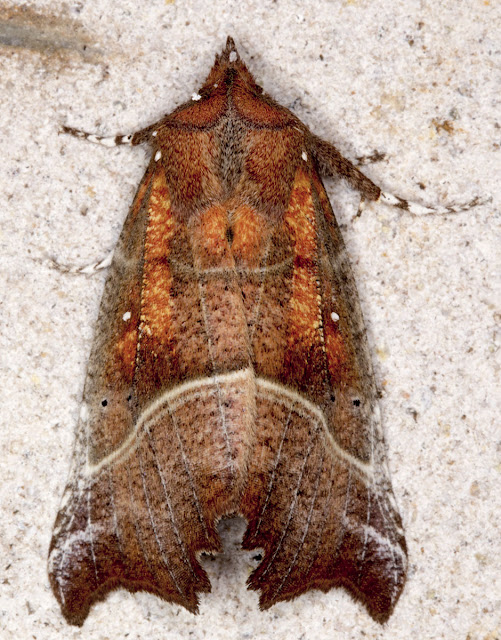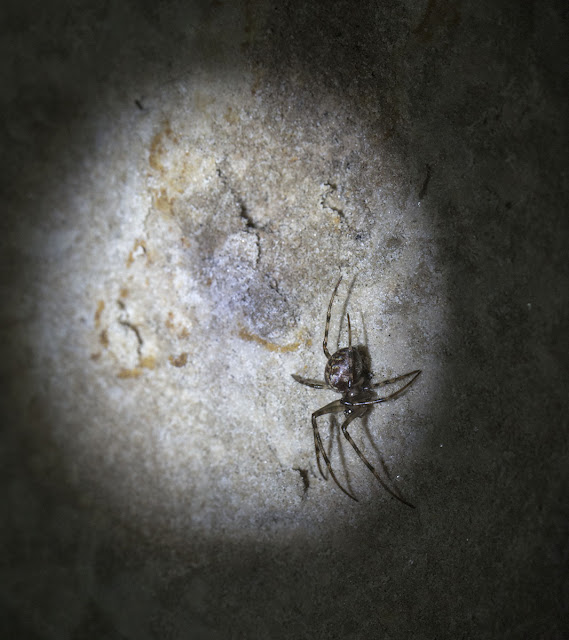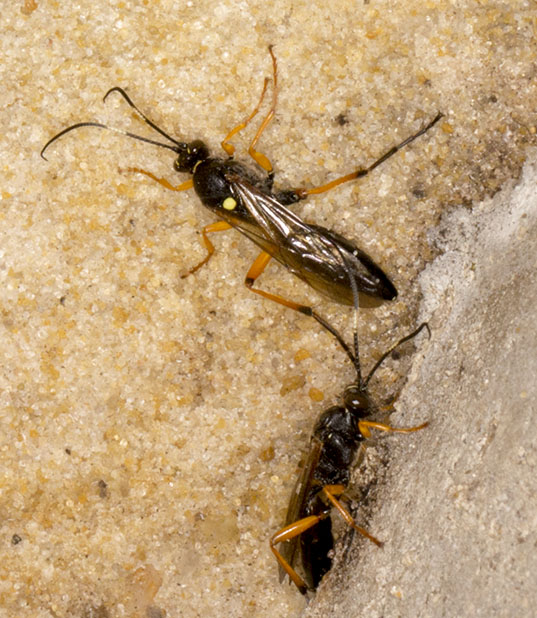 |
| Some roadside flowers in Hayes on 28 March 2013. |
I walked around my block and photographed plants flowering on the roadside verges. In this composite picture there are (clockwise from top left:)
Oregon Grape - a garden escape. Lesser Celandine, a woodland plant. Greater Periwinkle, another garden escape. Green Alkanet. Dog's Mercury, another woodland plant. Common Chickweed. Groundsel. Common Field Speedwell. Red Dead-nettle. Dandelion. A cherry shrub (this is a bit of a cheat; it was probably planted to help make up a hedgerow, but still, it's in flower and I know its close relations are flowering now in the wild.) Daisy. And Shepherd's Purse.
The Lesser Celandine and Dog's Mercury are growing near trees. Perhaps there was woodland here before the houses were built.














